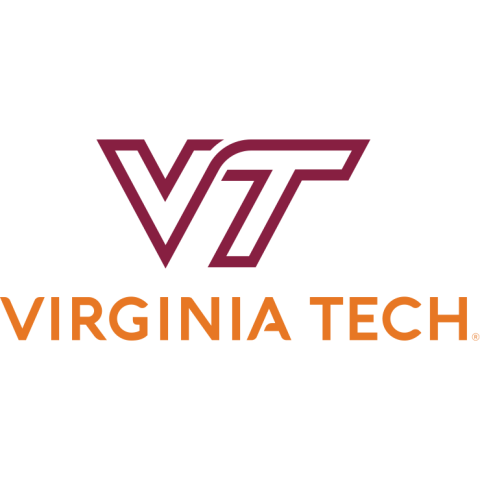
Trying to decide what, where and when to publish research?
Knowing what, when and where to publish research is a strategic process. Academic researchers need to evaluate factors such as the readiness of their work, career timelines, feedback loops and the demands of their field. Balancing these elements will help faculty and graduate students alike to determine the optimal content, time and place to publish.
Readiness and maturity of research findings
One of the primary considerations for researchers is the readiness of their findings. High-quality research means that the question has been thoroughly posed and addressed, methodologies are sound, data has been rigorously analysed, and findings have been interpreted meaningfully. Rushing to publish half-baked or poorly analysed work, on the other hand, can lead to criticism, retraction or a hit to the researcher's credibility and, possibly, to their field.
- Give your academic paper its best chance of being accepted
- Researchers should harness the explorer’s spirit to find their career path
- How much should you publish?
The quality of the research is founded even before the work begins. Researchers must ask themselves: does this work contribute something new to the field? Is it comprehensive enough to provide clear conclusions? This self-evaluation is critical for ensuring that the research will be robust and ready for peer review when the time comes.
This applies to faculty and to graduate students. I always tell my students that they need to clearly understand what the research will accomplish and why we’re doing it in the first place, and that can help determine the timing of publishing the work. Students must be able to deeply understand their research and be able to defend it and articulate why they’re doing it. Think of a criminal attorney who must have all the evidence and skills to mount a successful defence of clients.
The feedback loop: internal and external reviews
Another essential step in determining publication timing is receiving feedback. Researchers often present preliminary findings at conferences or departmental seminars or through informal peer discussions. This allows them to refine their arguments, adjust methodologies and address potential gaps in their work based on critical feedback from colleagues. For example, a doctoral student may present preliminary findings at a major conference to gather critiques that help shape the final draft of their dissertation or journal article. Similarly, faculty members frequently seek the insights of collaborators or colleagues before moving forward with submission.
My research is at the intersection of wireless systems, artificial intelligence, game theory and cyber-physical systems. In these fields, my philosophy is that if we can first solve an initial piece of a significant problem as a proof-of-concept and that can then be published at a conference for amplification and peer feedback potentially, then we can work towards a more comprehensive publication in a journal. It’s almost like teasing a piece of promising research to catalyse collaborations and obtain helpful feedback that progresses the work. Also, in some cases, the initial solution can be filed as a patent prior to publication.
Career and institutional deadlines
For faculty members, professional milestones such as tenure reviews, annual performance evaluations and promotions play a significant role in shaping publication timelines. I’m no fan of the “publish or perish” idiom because publishing research should not be a quantitative game. My advice for faculty – and for students, for that matter – is to make sure the research contributes an important advance to the field, and that is more important than any deadline or personal agenda.
Graduate students face different pressures. Many students publish portions of their thesis or dissertation research in peer-reviewed journals or present it at conferences before graduation. This helps bolster their credentials and provides valuable experience in scholarly communication. Academic advisers often guide students to publish when significant findings have emerged, which can also help in securing future fellowships or industry jobs.
Discipline-specific norms and journal considerations
Academic disciplines have their own publication norms. People, like me, who work in fast-evolving fields such as wireless communication or AI may wish to first share their findings through conference proceedings to stay ahead. On the other hand, researchers in fields like history or literature might focus directly on producing comprehensive, high-impact journal articles or books. Researchers need to understand their discipline’s expectations and align their publication timing accordingly.
Additionally, targeting specific journals or conferences can affect the timing of publication. High-impact journals often have more rigorous standards and longer peer-review processes. Researchers must prepare for these timelines. Moreover, sharing publications online through repositories like arXiv is essential, as it helps expose the community to the work more broadly, while it is being peer reviewed
Collaboration and funding requirements
For collaborative projects, determining when, where and what to publish involves coordinating with co-authors and funding agencies. Researchers may have obligations to publish certain findings based on grant requirements or collaborative agreements. This adds another layer of timing, requiring clear communication and alignment among all stakeholders.
Deciding what, when and where to publish in higher education is a nuanced process. Researchers need to strike a balance between producing high-quality work and meeting the demands of stakeholders. Ultimately, understanding the complexities of timing allows researchers to plan and publish research that advances knowledge and supports professional growth.
Walid Saad is a professor in the Bradley department of electrical and computer engineering at Virginia Tech. He also leads the Network intelligEnce, Wireless, and Security (NEWS) laboratory and is the Next-G wireless lead at the Virginia Tech Innovation Campus.
If you would like advice and insight from academics and university staff delivered direct to your inbox each week, sign up for the Campus newsletter.




